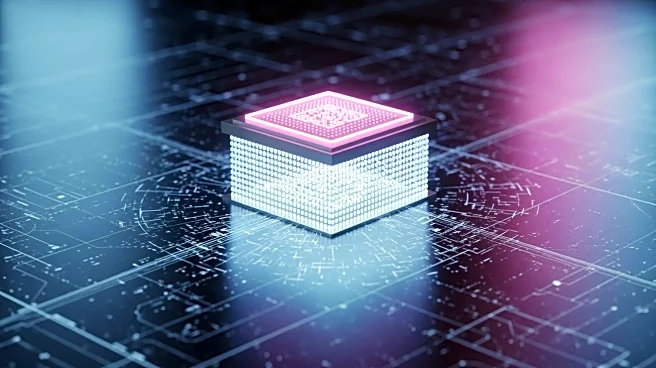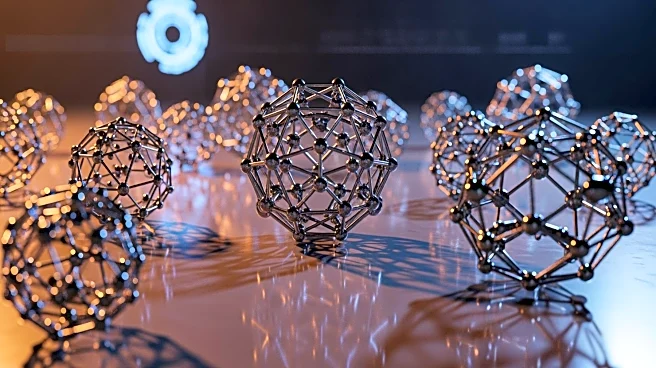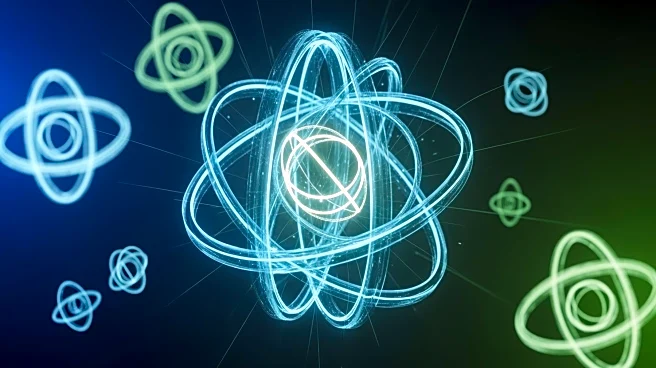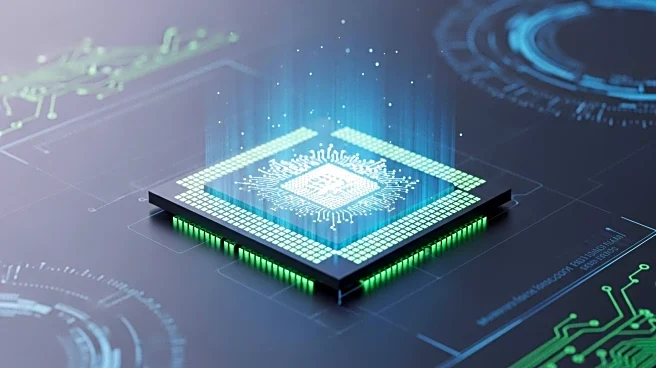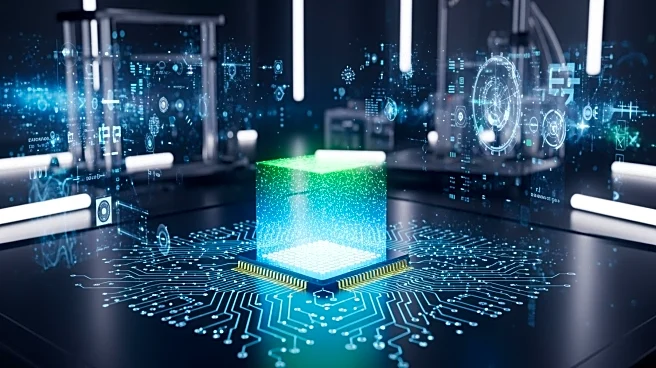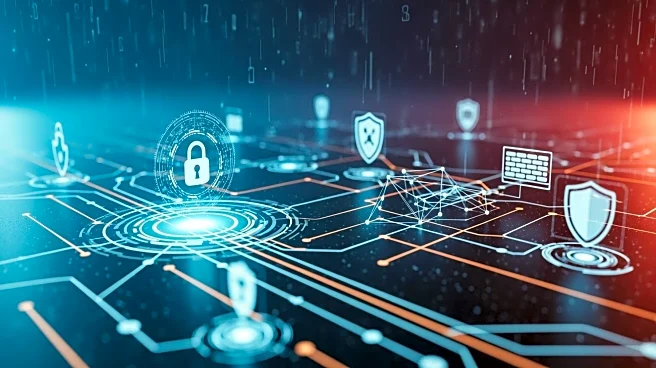What's Happening?
Recent advancements in quantum error correction (QEC) have been demonstrated through dynamic surface codes, which enable accurate quantum computation despite physical noise. Traditionally, quantum error correction relied
on static syndrome checks, but new time-dynamic approaches are challenging this method. The demonstration involved switching circuit implementations of the surface code, achieving error suppression from distance-3 to distance-5 using three distinct time-dynamic circuits. These circuits include embedding the surface code onto a hexagonal grid, performing a walking circuit with dynamic qubit reassignment, and utilizing iSWAP gates instead of CNOT/CZ gates. These innovations represent significant departures from previous assumptions about necessary hardware and gatesets for implementing the surface code.
Why It's Important?
The development of dynamic surface codes is crucial for the future of quantum computing, as it offers flexibility in hardware implementation and enhances fault tolerance. By reducing the logical error rate and allowing for different circuit constructions, these advancements could lead to more efficient and scalable quantum processors. This has significant implications for industries relying on quantum computing for complex problem-solving, such as optimization tasks and quantum algorithms. The ability to perform QEC using interactions previously reserved for Noisy Intermediate-Scale Quantum (NISQ) experiments opens new possibilities for quantum technology applications.
What's Next?
The demonstration of dynamic surface codes suggests potential for optimizing future hardware around alternative circuits. As researchers continue to explore these new frameworks, further experiments and developments are expected to refine and expand the capabilities of quantum error correction. This could lead to broader adoption of quantum computing technologies across various sectors, enhancing computational power and efficiency.
Beyond the Headlines
The shift from static to dynamic quantum error correction methods may influence the design and architecture of future quantum processors. By allowing for more flexible circuit implementations, researchers can explore new hardware configurations that were previously considered impractical. This could lead to long-term shifts in how quantum computing systems are developed and utilized, potentially impacting the competitive landscape of technology companies investing in quantum research.
